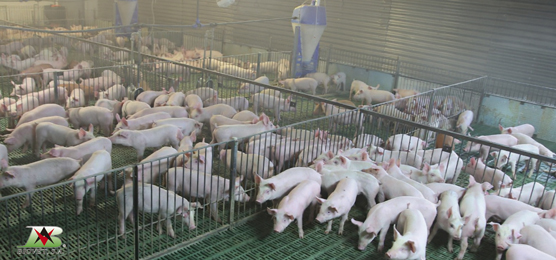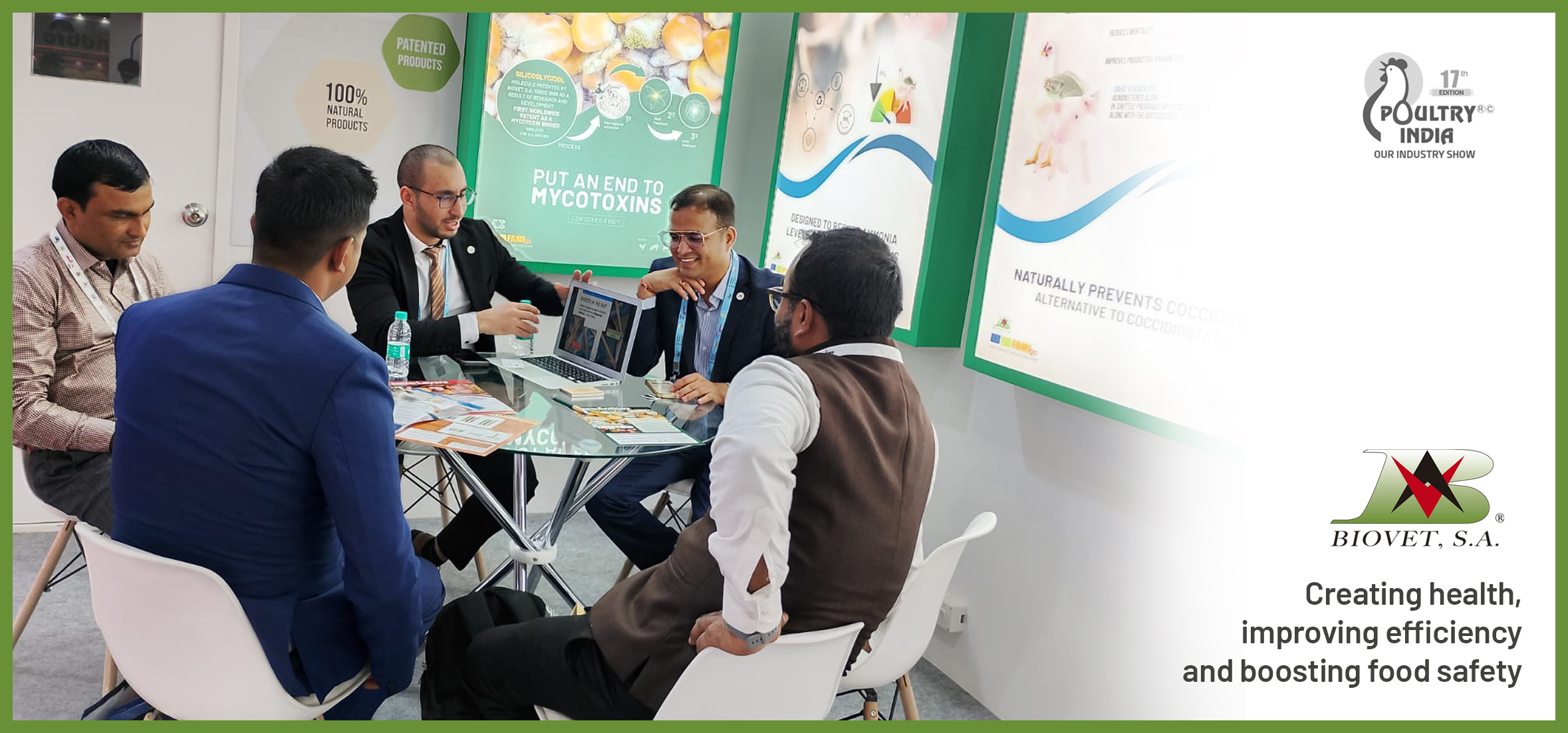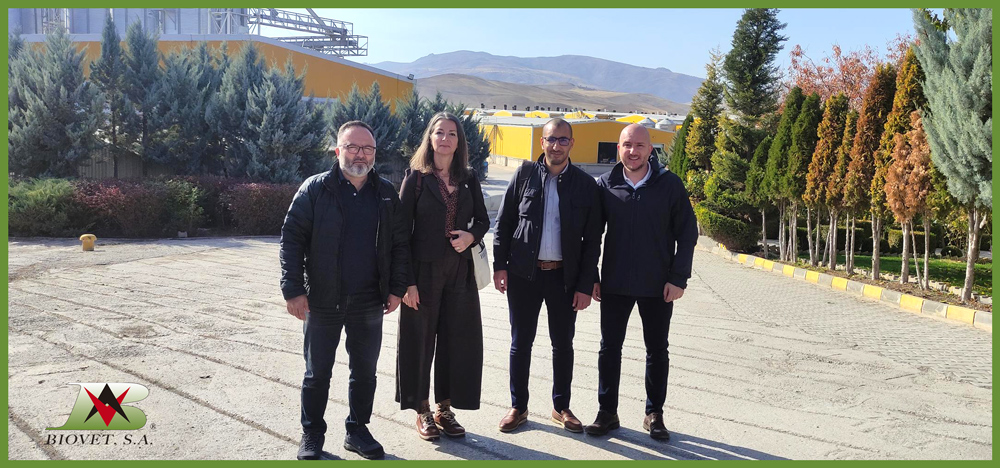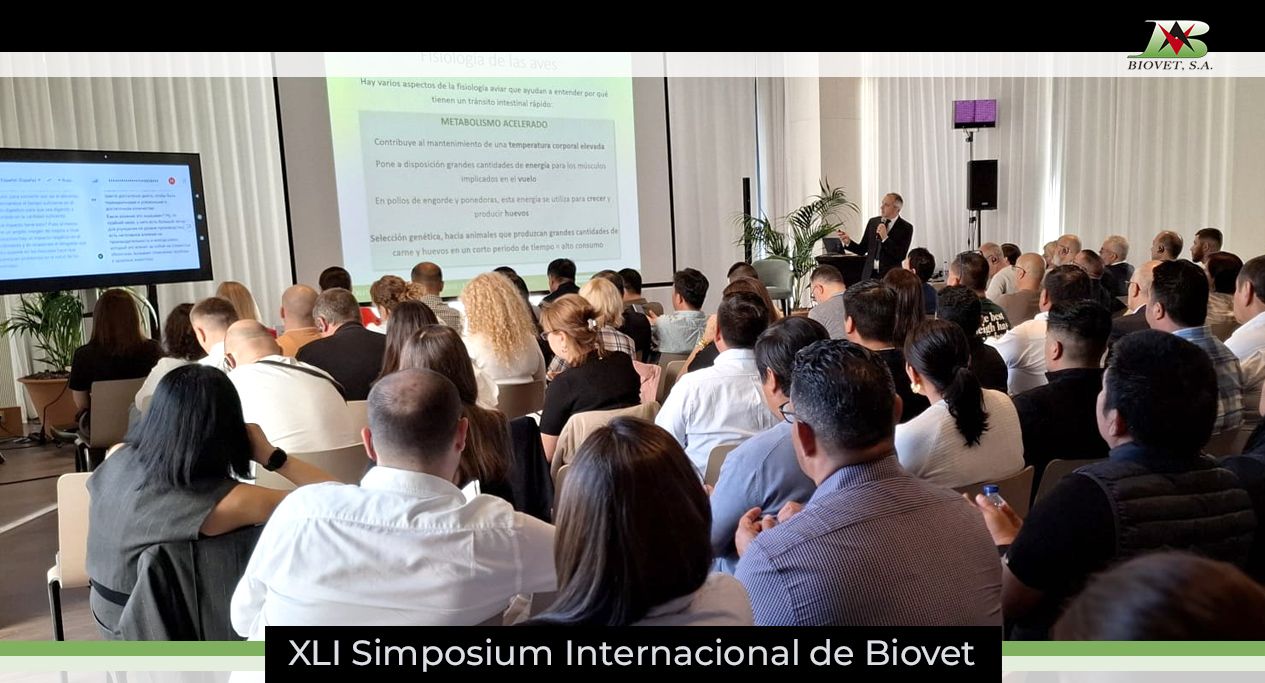How to control ammonia in intensive systems without compromising production?
Excess ammonia in poultry and pig farms remains one of the most common challenges in intensive production. When levels exceed 20 ppm, this gas can irritate the respiratory and digestive mucosa, harm animal health, and reduce productive performance. Additionally, it negatively impacts the environmental quality, affecting both animal welfare and the well-being of farm personnel.
Ammonia originates from the transformation of dietary nitrogen by certain digestive bacteria, particularly in high-protein diets and environments with limited ventilation. Temperature, humidity, and pH also play key roles in this volatilisation process.
The challenge is to reduce ammonia generation at its source without altering feed formulation or resorting to aggressive strategies. One effective approach is to act on the microbiota and enzymes responsible for nitrogen conversion, using natural compounds that modulate this metabolism.

Within this approach, Alquernat Yucca, formulated with saponins, phenolic compounds, and isopropyl-methylphenol, has proven to be an effective, safe, and well-adapted tool for the challenges of modern production. Field results show significant reductions up to 75% in ambient ammonia levels, along with parallel improvements in feed intake and productivity indicators.





